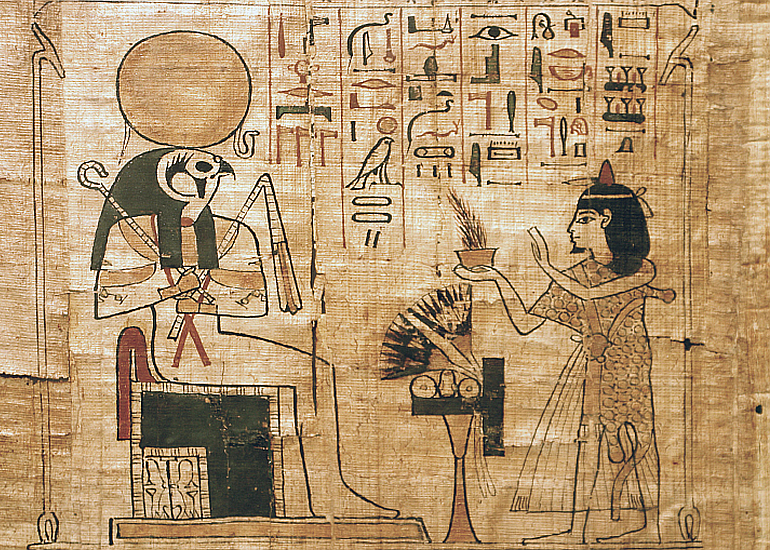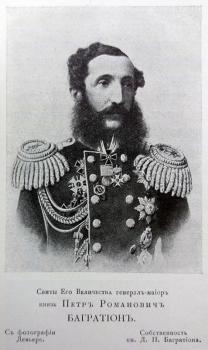Ancient Egyptian Papyri in the National Library of Russia
Bagration Papurus. 1858
The fourth of the ancient Egyptian papyri of 10th–9th centuries BC from the Theban necropolis, housed in the Library, were received in 1858 from Lieutenant General, Prince Pyotr Romanovich Bagration (1818–1876). The son of the Tiflis Governor-General and the nephew of the hero of the Patriotic War of 1812 P. I. Bagration, eventually became the Governor-General of Livonia, Estland and Courland. Meanwhile, before that, he long served for a long time under the son-in-law of Nicholas I Duke Maximilian of Leuchtenberg, with whom he visited Egypt. (All the antiquities brought by the Duke were transferred to the Hermitage in 1852, including the sarcophagi of members of the family of King Amasis, discovered during excavations near Cairo.) It seems likely that Prince Bagration acquired the scroll during this trip to Egypt.
The papyrus of Bagration, received in a quite damaged condition, belonged to the priest Ankh-ef-en-Mut, a fragment of whose figure in front of the god Ra-Hor-akhty sitting on a throne has been preserved on the right side of the scroll. The text, written in hieratic cursive script to the left of the figure, contains disconnected sayings from chapters 23–26 and 28 of The Book of the Dead. These chapters were often used in funerary papyri of the 21st – 22nd dynasties..



